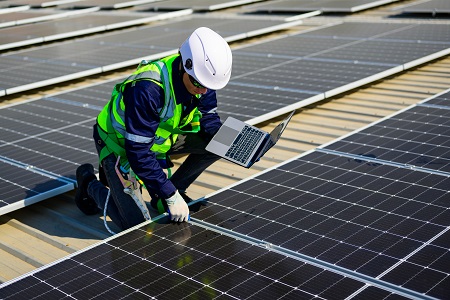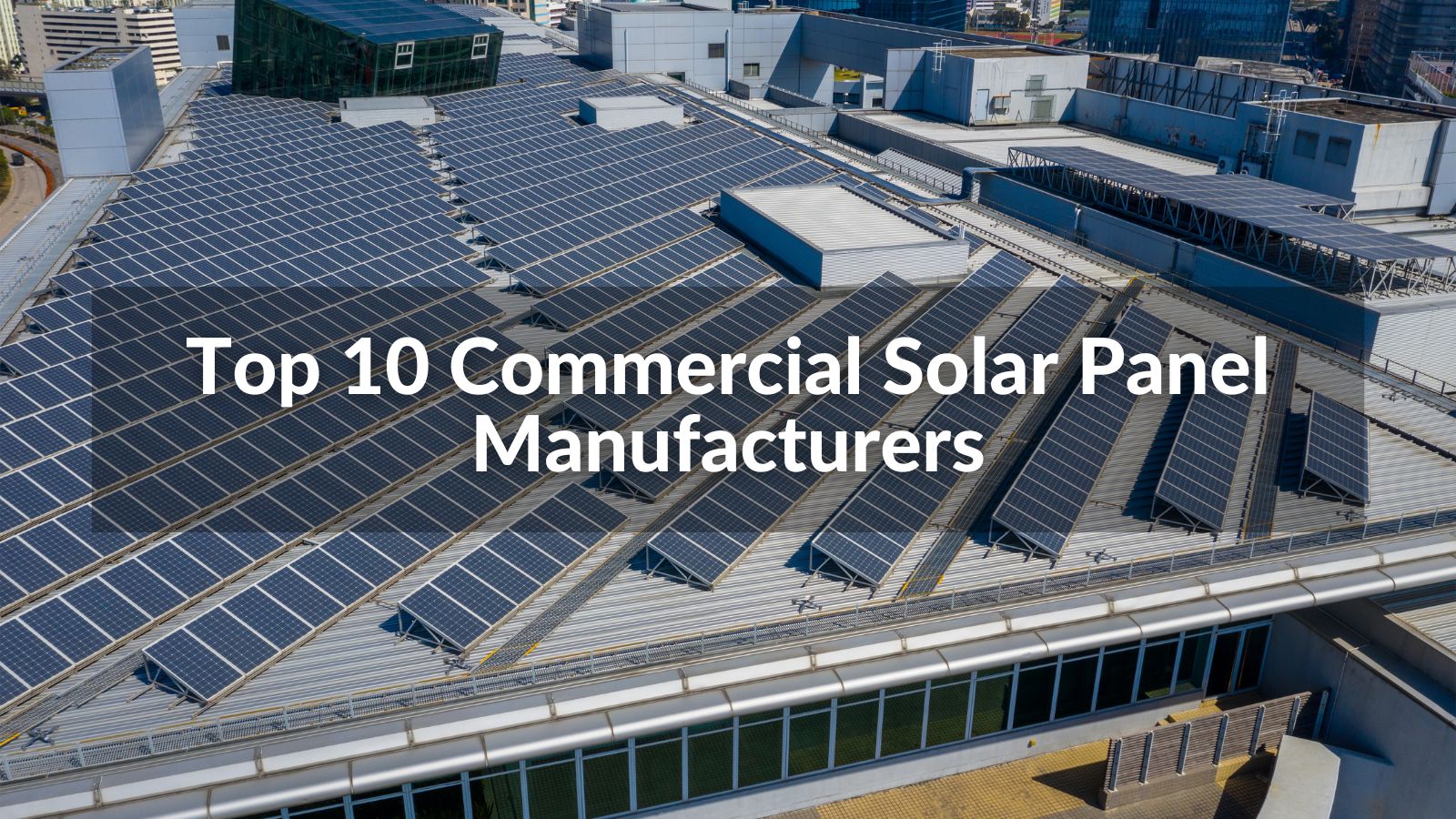Solar Energy Companies PA: Our Company Focuses On The Setup And Management Of Photovoltaic Energy Systems
History and Development of Solar Panel Business
The beginning of solar panel business can be traced back to the 1800s when Alexandre Edmond Becquerel discovered the photovoltaic effect. Would he have thought of how his discovery would reinvent the way we harness energy?
Early Beginnings

In 1954, Bell Labs developed the very first practical solar battery. This marked a substantial turning point in the history of solar energy. They were initially utilized to power space satellites, however who knew this was just the start?
Development and Development
- In the 1970s, an energy crisis led to increased interest in eco-friendly energy sources, consisting of solar power.
- By the 1990s, developments in innovation and increasing environmental awareness caused the growth of photovoltaic panel companies internationally.
A New Era
As we went into the 21st century, the solar market experienced an exponential growth. The need for clean and sustainable energy brought about a brand-new period in the solar panel industry.
Remarkable Facts
- The world's very first solar power station was built in 1982 in Hisperia, California.
- By 2019, solar energy had actually ended up being the world's fastest-growing source of power.
The journey of solar panel business has been impressive, hasn't it? The future holds tremendous capacity, with constant improvements paving the method for a sustainable future. Can we envision a world powered entirely by solar energy?
Moving Forward
Today, photovoltaic panel business continue to innovate, striving for more efficient and affordable services. The advancement of solar power has actually come a long way, and yet, the journey has simply started.
The Core of Photovoltaic Panel Production
Ever question what goes into producing those glossy, sun-loving solar panels? The procedure is as impressive as the end product (Top Rated Solar Installers PA). High-purity silicon, the main ingredient in solar panels, goes through different transformations to ensure its performance and durability
From Sand to Silicon
Crystalline silicon, the backbone of a lot of photovoltaic panels, stems from easy sand. It's a remarkable journey, isn't it? The sand goes through a high-temperature response with carbon to form silicon. This isn't just any silicon. The silicon used in photovoltaic panels is "solar-grade," with a purity of 99.9999%. It's this purity that allows the panels to successfully convert sunlight into power.
Ingot Formation
When the silicon is pure enough, it's time to form ingots. Photo a big, round block of solid silicon. How is this achieved? Through a procedure called Czochralski process, where the silicon is melted and after that slowly recrystallized. It's a sluggish dance of science, resulting in a solid item that is almost as pure as the raw silicon itself.
Slicing into Wafers
The ingots are then sliced into wafer-thin pieces, like slicing a loaf of bread. Each slice is a possible solar battery, waiting to harness the power of the sun. Did you know that the silicon wafers are only about 200 micrometers thick? That's about half the density of a human hair! The procedure requires accuracy and perseverance, but the result is a set of wafers ready to be become solar batteries.
Producing Solar Battery
With the wafer prepared, it's time for the magic to occur. The silicon wafer is 'doped' with other components like phosphorous and boron to create an internal electric field. It's this field that allows the conversion of sunlight into electrical energy. Complex, isn't it?
Assembly and Quality Assurance
Solar battery resemble puzzle pieces that come together to form a photovoltaic panel. The cells are soldered together in a grid-like pattern, then covered with a protective layer of glass. The last action includes extensive quality control checks. It's necessary that every solar panel carries out at its peak, would not you concur?
Insider Pointer
Always remember that even the most efficiently made photovoltaic get more info panel can lose effectiveness due to dirt and debris build-up. Regular cleaning can considerably enhance your panels' efficiency.
Understanding the Ecological Impact of Solar Panel Business
Ever considered the ecological footprint of a photovoltaic panel company? Green innovation, such as solar, has transformed our energy landscape, however what about the behind-the-scenes effect?
The Production Process: A Double-Edged Sword
The production procedure for solar panels requires a substantial amount of energy. This process, referred to as 'em bodied energy', can be viewed as a kind of 'energy debt'. It's a little like borrowing today's sunshine to power tomorrow's energy needs. However worry not, the energy payback time is often much shorter than you 'd believe!
- The energy repayment period for photovoltaic panels is normally 1-4 years.
- After this period, the energy produced is essentially carbon-free.

Life After Decommission
And what occurs when a solar panel reaches the end of its lifespan? Can it simply be tossed into the garbage? No, that wouldn't be very green, now, would it?
A feasible service is recycling. While solar panel recycling is still in its infancy, it holds a world of potential. Recycling not just keeps materials out of landfills but also reduces the requirement for new raw materials.
Accountable Sourcing: More Than A Buzzword
Where does the silicon come from, you ask? Unfortunately, the market's demand for silicon and uncommon minerals can cause destructive mining practices. Responsible sourcing is therefore imperative to decrease damaging environmental impacts.
Reduced Carbon Emissions: The Bigger Photo
Let's not forget the larger image: solar energy significantly lowers carbon emissions. When installed, solar panels generate clean, eco-friendly energy, offsetting their initial manufacturing footprint.
Simply put, the ecological effect of solar panel business is an intricate problem. Nevertheless, with accountable practices, the pledge of a cleaner, greener future is well within our grasp.

Financial Performance and Market Share of Solar Panel Business
Ever questioned why some photovoltaic panel business - Residential Solar Panels PA outshine others in the market? What sets them apart? The essential lies in their financial efficiency and market share
Financial Performance: A Critical Indicator
Financial performance plays an essential role in the success of any organization. For photovoltaic panel companies, it's no different. Strong financial efficiency enables these companies to purchase advanced technology, research, and advancement, thereby producing top quality, effective photovoltaic panels.
How do they attain this? With a focus on expense efficiency and strategic financial investments. Business that handle to lower production costs without compromising on quality tend to fare much better in the market.
Market Share: A Measure of Success
Market share, on the other hand, is a direct reflection of a company's appeal among customers. A high market share indicates more homeowners are selecting their solar panels over rivals.
What's the secret recipe for gaining a bigger market share? It comes down to customer complete satisfaction and brand name track record. Companies that prioritize consumer requirements and keep a favorable brand name image are most likely to catch a larger share of the marketplace.
- Customer Satisfaction: Solar panel companies that provide reliable items and exceptional customer support tend to have greater client complete satisfaction rates.
- Brand name Reputation: A strong brand name track record is developed with time through consistent delivery of quality services and products.
Financial Efficiency and Market Share: The Symbiotic Relationship
Surprisingly, the relationship in between financial performance and market share is not one-sided. They feed off each other. A strong monetary efficiency can increase a business's market share, while a high market share can enhance financial efficiency.
As a photovoltaic panel business, balancing these two elements is important for long-term success. A business that overlooks either of them might discover it difficult to keep its position in the competitive solar market.
The Takeaway
What does all this mean for you? Whether you're a house owner wanting to install solar panels or an investor considering the solar market, understanding the financial efficiency and market share of photovoltaic panel business is vital. They are key indicators of a business's health and potential for future development.